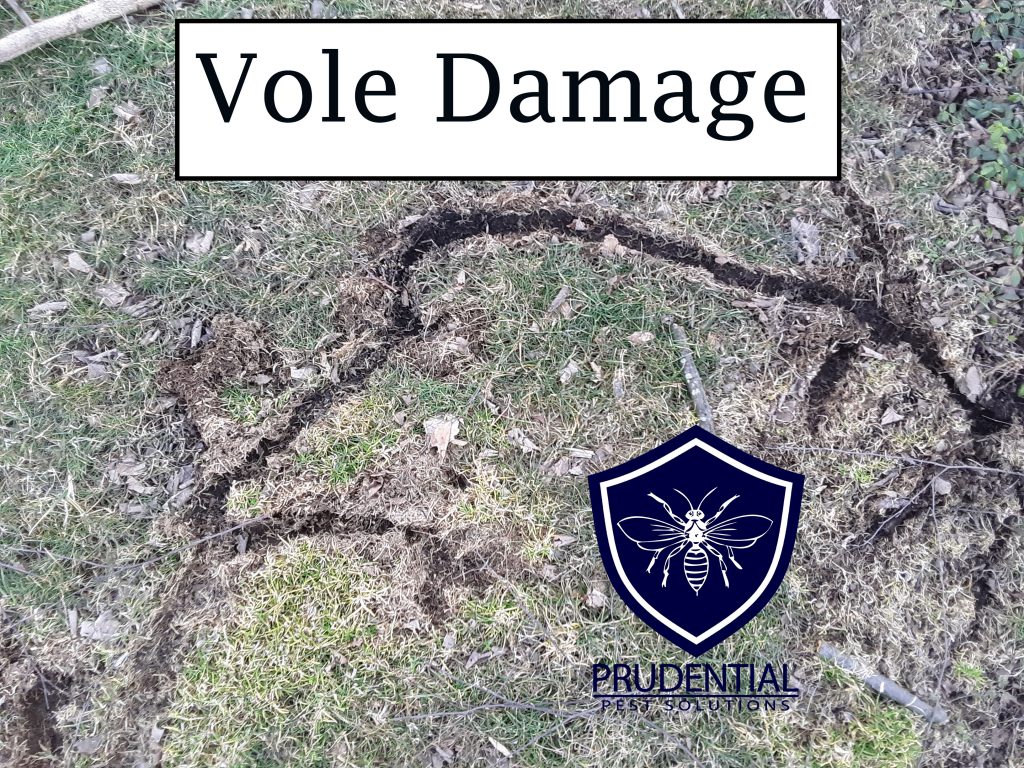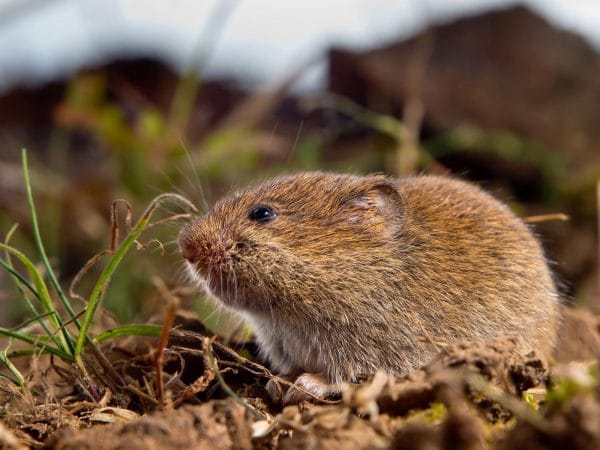Protect Your Utah Property: Advanced Vole Control Techniques
Protect Your Utah Property: Advanced Vole Control Techniques
Blog Article
Mastering Vole Insect Control: Extensive Insights on Problem Prevention and Treatment Approaches
By acknowledging the refined indicators of vole invasion early on, we can take proactive measures to stop prevalent damages. In this discussion, we will certainly explore the nuances of vole behavior, delve into the identification of invasion indicators, and discover the most reliable prevention and therapy approaches.
Comprehending Vole Actions
Analyzing the foraging patterns of voles uses valuable insights into their actions and habitat preferences. By observing their foraging actions, researchers can gain a much better understanding of where voles prefer to establish their habitats and the degree of their ecological impact.
Study shows that voles exhibit careful feeding behaviors, liking roots, roots, and seeds - vole control utah. This nutritional preference influences their foraging patterns, leading them to locations abundant in vegetation and ground cover. Furthermore, voles are understood to produce fancy passage systems for foraging and nesting functions, showing a high degree of versatility to their surroundings
Understanding vole actions is important for applying targeted parasite control steps that interrupt their habitat choices and foraging activities. By examining their habits, professionals can develop more effective prevention and therapy methods to take care of vole problems.
Identifying Indicators of Vole Problem
Vole invasions can be spotted by identifying specific signs of their presence in an area. Among one of the most typical indicators of a vole problem is the existence of surface area runways. Voles produce networks of slim pathways on the ground that are usually around two inches broad. These runways are often located in verdant locations or underneath compost or ground cover where voles can relocate openly and look for food.
One more key indication of vole infestation is the existence of little burrow openings in the ground. Voles dig superficial burrow systems with multiple entryways and departures. These burrows serve as shelter and nesting websites for the voles. Additionally, voles are recognized to leave behind eaten plant stems, origins, and bulbs near their burrow openings, showing their feeding activity in the location.
In addition, vole droppings can likewise indicate their visibility (vole yard damage). Vole droppings are small, brownish, and round in shape, appearing like grains of rice. Finding these droppings along paths or near burrow openings can verify a vole invasion. By being alert for these signs, residential property owners can without delay resolve vole problems and stop further damages.
Applying Positive Prevention Actions
To successfully reduce the threats connected with vole infestations, property proprietors can proactively execute an array of precautionary measures targeted at safeguarding their landscapes and yards. One critical step is to keep a well-trimmed yard and frequently remove high weeds and dense vegetation, as voles are brought in to locations using sufficient cover. Installing obstacles such as hardware towel underground around at risk areas like yard beds can likewise help stop vole intrusion. In addition, maintaining garden locations check these guys out tidy and reducing mess where voles could conceal or nest is essential in minimizing their visibility.
Moreover, using natural vole deterrents like castor oil-based repellents or predator urine can function as reliable safety nets. It is also advisable to on a regular basis check exterior rooms for any kind of indicators of vole task, such as paths or tunnel openings, to attend to prospective invasions quickly. By embracing these proactive prevention strategies, homeowner can significantly lower the chance of vole damages and preserve the health and wellness and appearances of their landscapes.
Efficient Treatment Strategies
Incorporating targeted capturing techniques and using authorized rodenticides are important components of effective therapy methods for handling vole infestations. Capturing can be a reliable method to minimize vole populations, especially when positioned strategically in their energetic paths. Snap traps and live catches can both work, with the last permitting the capture and moving of voles. When using rodenticides, it is essential to comply with safety and security standards to stop damage to non-target animals and animals. Place rodenticides in safe and secure lure terminals to reduce dangers to unexpected targets. In addition, environment alteration, such as minimizing ground cover and removing sources of food, can Our site assist prevent voles from infesting an area. Routine monitoring and maintenance are also key aspects of successful treatment strategies to guarantee that vole populaces are kept under control. By combining capturing, rodenticides, environment adjustment, and constant monitoring, reliable vole bug control can be accomplished.

Surveillance and Upkeep Tips
Maintaining a systematic schedule for tracking and carrying out routine upkeep tasks is critical to maintain the performance of vole bug control procedures. Routine tracking permits the early detection of vole activity, enabling prompt intervention before invasions intensify. To successfully keep an eye on vole populaces, tactically put traps can be used in vole runways or near burrow entrances. By on a regular basis inspecting these catches, property proprietors can determine the level of vole task and change control methods appropriately.
Furthermore, preserving a tidy and clean landscape is essential in vole prevention. Clearing up away debris, such as heaps of timber or dense vegetation, eliminates potential vole habitats. Consistently trimming and cutting yards vegetation helps in reducing vole concealing spots and lessens their access to food resources.

Conclusion
To conclude, mastering vole pest control requires a strong understanding of vole actions, the capacity to recognize indications of invasion, executing proactive prevention measures, reliable therapy methods, and constant monitoring and upkeep. By taking a thorough technique to vole control, people can efficiently manage and protect against problems, eventually safeguarding their home and surrounding setting from damage caused by these tiny rats.
In this discussion, we will certainly check out the nuances of vole actions, dig into the recognition of invasion indications, and discover the most efficient avoidance and treatment methods.Integrating targeted trapping approaches and using approved rodenticides are important components of reliable discover here treatment strategies for managing vole problems. To successfully keep track of vole populations, tactically positioned traps can be utilized in vole paths or near burrow entries. Checking and fixing any type of damages to these frameworks ensures that vole control remains reliable in guarding residential properties from problems. By incorporating these tracking and maintenance techniques right into an extensive vole bug control strategy, people can effectively manage vole populaces and shield their buildings from damages.
Report this page